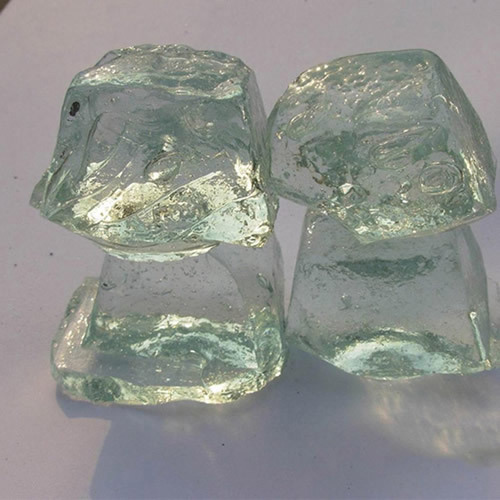

Upon recognition of crystals, macrophage surface receptors transmit signal 1 and/or 2. Subsequently, active caspase-1 processes pro-IL-1β to mature IL-1β, which is then released into the extracellular environment through damaged membranes of dying macrophages (Figure 1). The second signal (signal 2) stimulates the assembly of a complex of multiple proteins including NLRP3, ASC, and pro-caspase-1, resulting in the activation of caspase-1. The first signal (signal 1) is mediated via pathogen-associated molecular patterns, damage-associated molecular patterns (DAMPs), or cytokines that trigger nuclear factor-κB (NF-κB)-mediated upregulation of NLRP3 along with pro-IL-1β (Figure 1).

Briefly, at least two signals are required for the activation of NLRP3 inflammasome. The molecular mechanism for inflammasome activation has been extensively studied and is well summarized in several recent reviews ( 6, 13– 15). Likewise, various crystals such as MSU, hydroxyapatite, cholesterol, and alum crystals, and nanomaterials such as TiO 2 nanoparticles and carbon nanotubes (CNTs) have also been reported to induce NLRP3 inflammasome activation in macrophages ( 7, 9– 12). Recent studies have revealed that silica and asbestos induce IL-1β secretion via NLRP3 inflammasome activation in macrophages ( 6– 8). Although the underlying mechanism was unclear, this process was referred to as “frustrated phagocytosis” and was implicated in the pathogenesis of inflammatory diseases such as fibrosis and cancer ( 5). These early studies showed that upon phagocytosis, crystals are not digested but instead cause lysosomal damage. Phagocytosis of crystals such as silica, asbestos, monosodium urate (MSU), and hydroxyapatite by macrophages was initially observed by electron microscopy about 40 years ago ( 1– 4). This review focuses on the mechanisms by which macrophages recognize crystals and nanoparticles. Alternatively, a model for receptor-independent phagocytosis of crystals has also been proposed. Several recent studies have reported that some crystal particles are negatively charged and are recognized by scavenger receptor family members in a charge-dependent manner. However, it is unlikely that macrophages have evolutionally acquired receptors specific for crystals or recently emerged nanoparticles. Therefore, it is important to understand how macrophages recognize crystals. These crystal-associated-inflammatory diseases are triggered by the macrophage NLRP3 inflammasome activation and cell death. Endogenous crystals such as monosodium urate, cholesterol, and hydroxyapatite are associated with pathogenesis of gout, atherosclerosis, and osteoarthritis, respectively. Inhalation of exogenous crystals such as silica, asbestos, and carbon nanotubes can cause lung fibrosis and cancer.



 0 kommentar(er)
0 kommentar(er)
